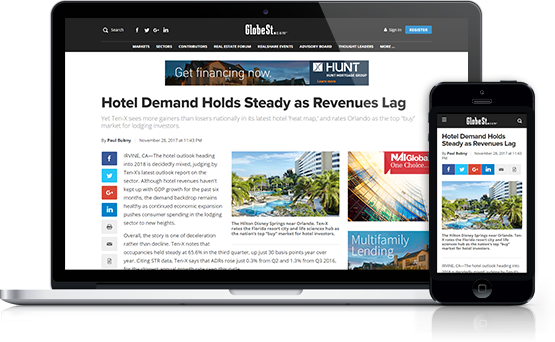PORTLAND, OR—Long-term interest rates on bonds reached below short-term rates for the first time since 2007 and yields for the two-year Treasury bill exceeded those of the 10-year Treasury bill for a brief period. This inverted yield curve has historically preceded national recessions by five to 18 months. In this exclusive, Adam Hooper, co-founder and CEO of RealCrowd, recently shared insights about what the inverted yield curve means for the commercial real estate industry, how interest rate cuts could impact the market and which opportunities exist in the current market climate.
GlobeSt.com: What does the inverted yield curve mean for commercial real estate?
Recommended For You
Want to continue reading?
Become a Free ALM Digital Reader.
Once you are an ALM Digital Member, you’ll receive:
- Breaking commercial real estate news and analysis, on-site and via our newsletters and custom alerts
- Educational webcasts, white papers, and ebooks from industry thought leaders
- Critical coverage of the property casualty insurance and financial advisory markets on our other ALM sites, PropertyCasualty360 and ThinkAdvisor
Already have an account? Sign In Now
*May exclude premium content© 2025 ALM Global, LLC, All Rights Reserved. Request academic re-use from www.copyright.com. All other uses, submit a request to [email protected]. For more information visit Asset & Logo Licensing.









